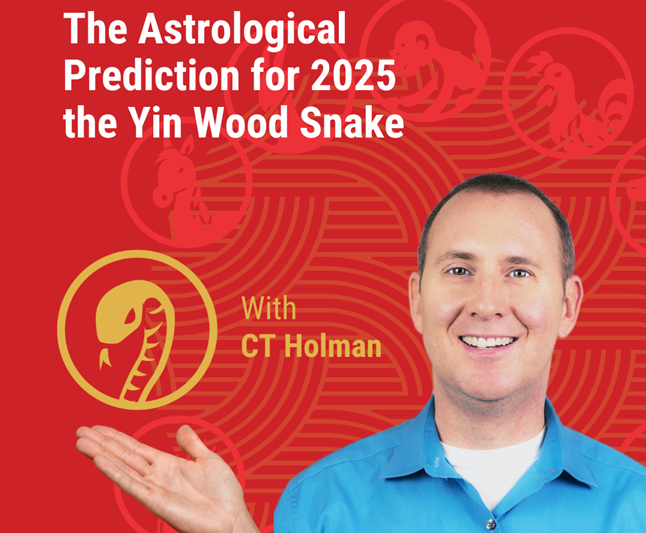Sp6: A Model for the Beginning of Pregnancy
by Miriam Raich & Anat Tzachar
We have been asked frequently about SP-6; is it allowed for acupuncture during pregnancy?
SP-6 is a forbidden point for acupuncture during pregnancy in some modern books. Nevertheless, there are other sources which actually recommend using this point. For example, it is a widespread practice in Japan to puncture or to do self-moxibustion on Sp-6 during the first trimester. In our humble opinion, this point symbolizes the most important terms for a successful beginning of a pregnancy. To understand its functions and establish its suitability for acupuncture during pregnancy, let us begin with the names associated with Sp-6.
SP6 – 三(sān)陰 (Yīn) 交(jiāo) – Three Yin Intersection
Name
交 (jiāo) – To intersect, to meet, to join – it is a close and intimate encounter where everyone (each of the three leg Yin meridians) is “giving” something and “receiving” something. After this interaction, all three meridians continue towards the same goal – bringing Yin Qi towards the reproductive system. Their next “jiao” is the area of Ren2-4, called Bao Zhong area – the envelope or protective centre of life, as we sometimes refer to the womb. The free flow of leg Yin meridians allows a deep life creation process. Therefore, we have another wonderful name for Sp-6: 承 (chéng) 命 (mìng) – Life Support.
Another interesting name for this point is 下 (xià) 三 (sān) 里 (li) – Lower Three Li. It means to give strength to the lower extremities when there is a great weakness. This is almost the same name as St-36 (Zu san Li – Leg three Li) which means supporting the creation of Qi and Blood and their distribution to the legs to be able to walk “three more miles”. Those two points may have the same name, but their mechanism is different. Unlike St-36, Sp-6 allows the Qi to move up and the blood to move to the area of Ren-2, which is called Zhong Jin – The ancestral centre (or mechanism) of tendon-muscular power. When this area is abundant with Yin, it can anchor the Yang and spread it through the three Leg Yang meridians down to move the legs. Hence, the Yin goes up, and the Yang goes down easily.
There is another reinforcement concerning the ability of Sp-6 to raise the Yin Qi comes from its location between two xi-cleft points. Zu Shao Yin, Kidney meridian, goes from Ki-8 to Sp-6 and then to Ki-9. We may say that Sp-6 receives its power from the bursting force of Yin Qiao Mai, which can move the Yin powerfully up to the head. Furthermore, the meeting between 3 leg Yin meridians at Sp-6 contributes to Yin Wei Mai’s ability to continue the harmonized movement of Yin Qi through the Three Heaters up to the Heart and the head.
Summary
Let’s summarize the energetic functions of Sp-6, which we have discussed. The most important function of this point is harmonizing the three Yin meridians of the leg and ensuring the free flow of Yin upwards through the Three Heaters. By doing so, it can nourish the uterus, the reproductive system, the digestive system and also the heart to calm down the Spirit. As a result of the free flow of Yin, the Yang can descend easily to the lower Jiao and the legs.
What does this have to do with the beginning of pregnancy?
The embryo, which develops after the encounter between the egg and the sperm, enters the womb. It has no shape or form; it is pure essence. Proper implantation and development of the placenta and fetal sac depend on the free flow of Yin Qi and the Yin meridians of the leg up to the Bao Zhong area to nourish the womb with blood and fluids. From this area, Ren, Du and Chong derive; these extraordinary meridians initiate the creation of a new life inside a woman’s body.
The second condition for the proper development of the pregnancy is proper communication between the heart and the womb. The Yin leg meridians continue to ascend to the chest, bringing nourishment to the heart and connecting the womb and the heart. The correct development of the embryo depends on the Heart Blood of the mother in the same way as our daily activity is dependent upon our consciousness and presence of the SHEN-Spirit.
And the third condition is the ability of the Yang Qi to converge into the womb to give shape and form to the essence and to create a human body. The Yang meridians of the leg together with Du mai, descend Qi to the womb, where it anchors inside the blood. The descent of Yang Qi is only possible due to the proper flow of Yin Qi upwards to the Upper Jiao.
As can be seen, Sp-6 is able to establish all of these important terms for the proper beginning and continuation of a pregnancy – nourishing the womb with Yin, nourishing the heart and its proper communication with the womb and providing the ability for the Yang to converge into the womb.
Truth be told, we constantly use Sp-6 in our practice with moxa and acupuncture. We find this point suitable for treatment in different cases, when there is no proper movement of Yin in the Lower or Upper Jiao or when we want to establish proper nourishment of Qi and Blood in the womb. It is unsuitable for treatment in severe deficiency of Yin or Spleen exhaustion (either organ or meridian itself). Of course, in both cases, the success of the pregnancy will be problematic and challenging.
Conclusion
In conclusion, it is important to state that we have no desire to convince you to puncture points you have been educated not to throughout pregnancy. In this short article, we want to explain and illustrate that not all bans are unequivocal.
In order to decide when to use a certain point, we need to understand its mechanism. Thus, keep researching this unique world of acupuncture points and Chinese Medicine.
Bibliography:
- A Manual of Acupuncture by Peter Deadman, Mazin Al-Khafaji and Kevin Baker (Eastland Press 1998)
- Grasping the Wind (An explanation into the meaning of Chinese acupuncture point names) by Andrew Ellis, Nigel Wiseman and Ken Boss (Paradigm publications 1989)
- Pregnancy and Gestation in Chinese Classical Texts by Elisabeth Rochat De La Vallee (Monkey press 2007)
- Notes from “The Golden Gate” seminar, SP-ST Division, Avihai Wolczak 2012





